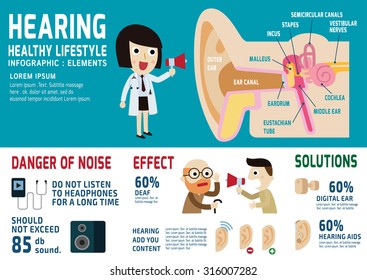Auditory Handling In Dyslexia: Efficient Treatments And Assistance
Auditory Handling In Dyslexia: Efficient Treatments And Assistance
Blog Article
Web Content Composed By-Kenney Pena
When you think about dyslexia, it's simple to ignore the significant function auditory handling plays in a person's capability to attach sounds with letters. You may question exactly how targeted treatments can make a difference. By comprehending the subtleties of auditory processing, you can check out evidence-based strategies that genuinely support those dealing with these obstacles. Whether it's with phonological understanding training or multisensory approaches, the appropriate support can transform learning experiences. However what details strategies are most efficient, and how can you implement them for lasting impact?
Recognizing Auditory Handling
When it involves comprehending acoustic processing, you may be shocked by how important it's for analysis and language growth. Acoustic processing refers to just how your brain translates and understands noises you listen to, consisting of speech. This skill is necessary for recognizing phonemes, which are the foundation of words.
If executive functioning list have problem with acoustic processing, you might find it challenging to decode words, causing difficulties in analysis. You might see that people with dyslexia commonly have difficulty with auditory processing, making it harder for them to attach noises with letters. This separate can result in slow-moving reading, inadequate punctuation, and challenges in complying with spoken directions.
Identifying these indicators early can help you recognize the underlying problems and address them efficiently.
Moreover, acoustic handling isn't practically hearing; it involves interest, memory, and the capacity to arrange noises. If you can enhance these skills, you'll likely see much better results in analysis and overall language comprehension.
Understanding exactly how acoustic processing works can empower you to seek the appropriate strategies and support to assist overcome these obstacles. Understanding this element is the first step toward efficient intervention.
Evidence-Based Interventions
Effective evidence-based interventions can substantially boost auditory processing abilities in individuals with dyslexia. https://angeloqtvyb.atualblog.com/39047640/conquer-challenges-in-supporting-dyslexic-students-at-home-with-expert-tips-that-can-really-make-a-distinction-find-exactly-how-to-produce-a-nurturing-learning-setting proven approach is phonological recognition training. This approach helps you establish the capacity to recognize and control noises in spoken language, which is essential for reading and composing. Programs frequently include tasks like rhyming, segmenting, and mixing audios, making it interactive and engaging.
dyslexia programs is making use of multisensory teaching techniques. Integrating visual, acoustic, and kinesthetic cues can strengthen discovering. As an example, utilizing colored letters or blocks while stating sounds aloud can create stronger links in your brain.
In addition, computer-assisted interventions like acoustic training software can supply customized technique. These programs commonly adapt to your particular demands, supplying targeted workouts that boost acoustic discrimination and memory.
Lastly, integrating songs and rhythm right into understanding can likewise sustain acoustic processing. Research reveals that musical training can boost mind functions related to seem processing, helping you become much more adept at distinguishing sounds in speech.
Assistance Approaches for Success
To do well in creating auditory processing abilities, it's essential to carry out assistance techniques that deal with private demands.
Right here are some effective methods you can take on to improve the understanding experience and boost confidence:
- ** Make Use Of Aesthetic Help **: Incorporate photos, graphes, and representations to supplement acoustic info. This helps enhance principles and makes it easier to adhere to along.
- ** Break Tasks into Smaller Sized Actions **: Streamlining directions and breaking tasks down can stop overwhelm and permit focused attention on one aspect each time.
- ** Motivate Active Engagement **: Engage in discussions and activities that need spoken reactions. children tip toe walking enhances acoustic processing however also develops interaction abilities.
- ** Offer Consistent Comments **: On a regular basis use useful responses to help identify locations for renovation. This sustains self-awareness and encourages development.
Verdict
To conclude, understanding auditory handling is crucial for helping those with dyslexia flourish. Did you know that around 70% of individuals with dyslexia experience troubles with auditory handling? By implementing reliable treatments and support methods, like phonological understanding training and multisensory methods, you can make a significant distinction in their discovering journey. Remember, creating a helpful setting and using appealing tools can empower individuals with dyslexia, leading to better academic success and self-confidence.
